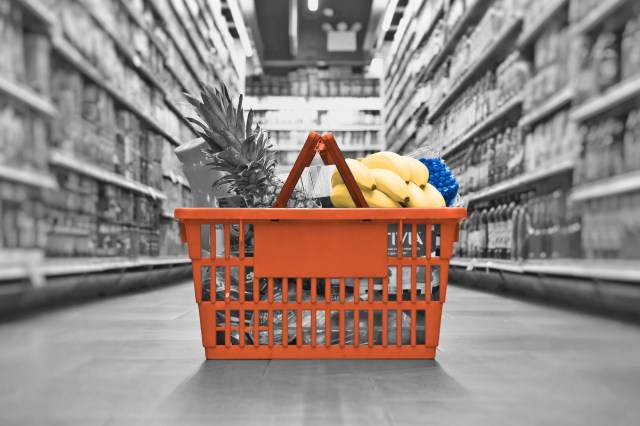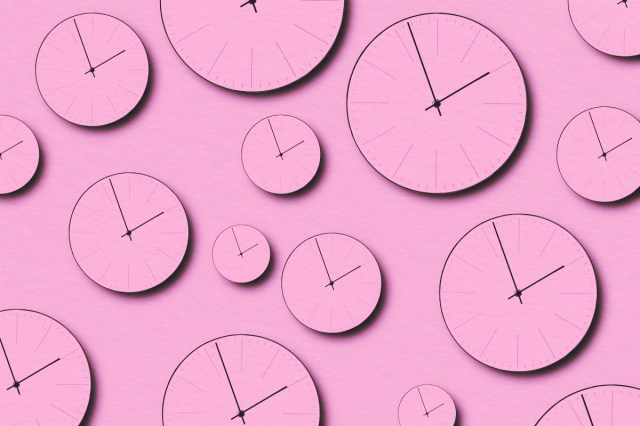What Grocery Stores Used To Look Like
Since most of us walk into a grocery store with our minds fixated on the items needed to fill up the fridge and pantry, it’s rare that we take the time to marvel at the wonders of modern food shopping. Whether it’s a small neighborhood mart, a chain supermarket, or a gargantuan superstore, today’s grocery stores offer a dizzying range of brands for any given product, allowing discerning shoppers to make a choice based on price, ingredients, or even packaging. All necessary (and unnecessary items) can be wheeled in a cart to a checkout line, where a friendly employee will happily tabulate the items and accept various forms of payment. There are also self-checkout stations, where you can scan your items yourself and be on your way even faster.
Of course, such a process would have been completely alien to early humans who relied on hunting and gathering their food. And it likely would be fairly shocking even to the people accustomed to earlier forms of food shopping. Here’s a look at what grocery stores were like before the rise of Publix, Whole Foods, Trader Joe’s, and the other popular stores we frequent today.

Country and General Stores
According to Michael Ruhlman’s book Grocery: The Buying and Selling of Food in America, the earliest grocery depots in the U.S. were the country stores that surfaced in the 17th century. Along with offering a limited supply of culinary staples such as sugar, flour, and molasses, these markets provided a smorgasbord of other necessities of colonial America, including hardware, soap, dishes, pots, saddles, harnesses, shoes, and medicine. By the early 19th century, these stores — originally constructed from logs and mud — were largely replaced by newer frame buildings, which contained cellars that were large enough to house casks of whale oil and also cool enough to store eggs, butter, and cheese.
By the middle of the 19th century, the general store was a common sight across the small towns of the expanding United States. Similar to the country store, general stores stocked goods that both satiated hunger and catered to other crucial needs of paying customers. Food items included coffee beans, spices, honey, oatmeal, and dried beans, many of which were kept in barrels and required measuring the desired amount on (often inaccurate) scales. The stores also offered nonedible wares, including cloth, buttons, undergarments, hats, lamps, rifles, and ammunition.
Normally featuring at least one large display window, these stores were typically packed with goods piled high on shelves and tables amid the boxes and barrels stuffed into available spaces. A front counter displayed smaller items as well as such contraptions as a coffee grinder, scales, and the cash register. As general stores typically doubled as community centers, they were usually fitted with a stove to warm inhabitants during cold-weather months and often featured chairs for those who planned to stay and chat.
Even so, general stores were neither the most comfortable nor the most sanitary places. Customers often dragged in dirt and animal waste from the unpaved roads outside, while cast-iron stoves could produce a layer of soot over the displayed wares.


















